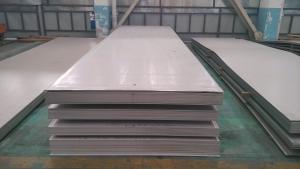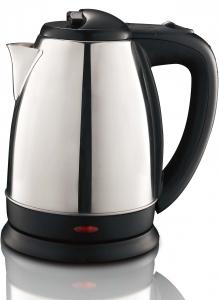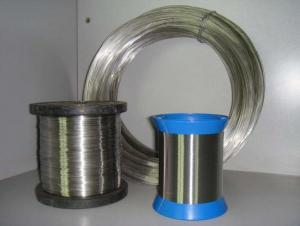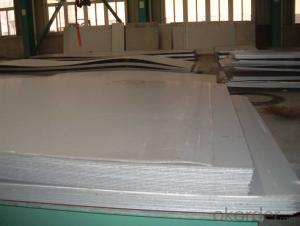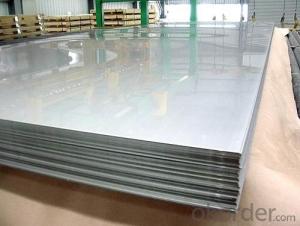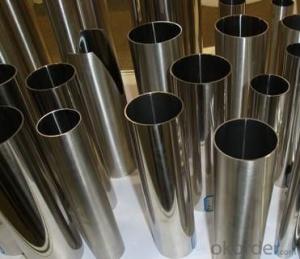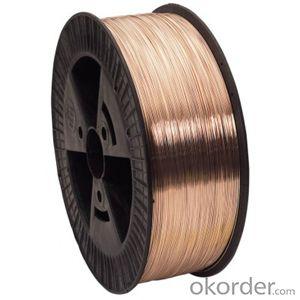Grade 304 Stainless Steel
Grade 304 Stainless Steel Related Searches
304 Grade Stainless Steel Type 304 Stainless Steel 316 Grade Stainless Steel Aisi 304 Stainless Steel 304l Stainless Steel Sus 304 Stainless Steel 304 Stainless Steel Pipe 304 Stainless Steel Food Grade T 304 Stainless Steel 305 Stainless Steel 304 Stainless Steel Tubing T304 Stainless Steel Type 316 Stainless Steel Sus304 Stainless Steel 304 Stainless Steel Rust Food Grade Stainless Steel 300 Stainless Steel 304 Stainless Steel Magnetic 301 Stainless Steel 302 Stainless Steel 300 Series Stainless Steel Stainless Steel 316 Medical Grade Stainless Steel 304 Stainless Steel Density Density Of 304 Stainless Steel Density Of Stainless Steel 304 304 Stainless Steel Price Marine Grade Stainless Steel 400 Stainless Steel 304 Stainless Steel HardnessGrade 304 Stainless Steel Supplier & Manufacturer from China
Grade 304 Stainless Steel is a versatile and widely used product, known for its excellent corrosion resistance and strength. This austenitic stainless steel is composed of chromium and nickel, making it highly resistant to various forms of corrosion, including oxidation and pitting. It is commonly used in a variety of industries, such as construction, automotive, and food processing, due to its durability and ability to maintain its appearance even in harsh environments. Grade 304 Stainless Steel is also appreciated for its ease of fabrication and welding, making it a popular choice for many applications.Grade 304 Stainless Steel is utilized in numerous scenarios, from everyday household items to industrial equipment. Its resistance to corrosion and staining makes it an ideal material for kitchen appliances, cutlery, and cookware. In addition, its strength and low maintenance requirements make it suitable for use in structural components, such as bridges and buildings. The product is also favored in the automotive industry for its weight-saving properties and resistance to road salt and other corrosive elements. Furthermore, Grade 304 Stainless Steel is used in the food processing industry for its ability to withstand harsh cleaning chemicals and maintain hygiene standards.
Okorder.com is a reputable wholesale supplier of Grade 304 Stainless Steel, offering a vast inventory to cater to the diverse needs of various industries. With a commitment to quality and customer satisfaction, Okorder.com ensures that the products they supply meet the highest standards. Their extensive inventory allows customers to find the exact specifications and quantities they require, making them a reliable source for Grade 304 Stainless Steel.
Hot Products





